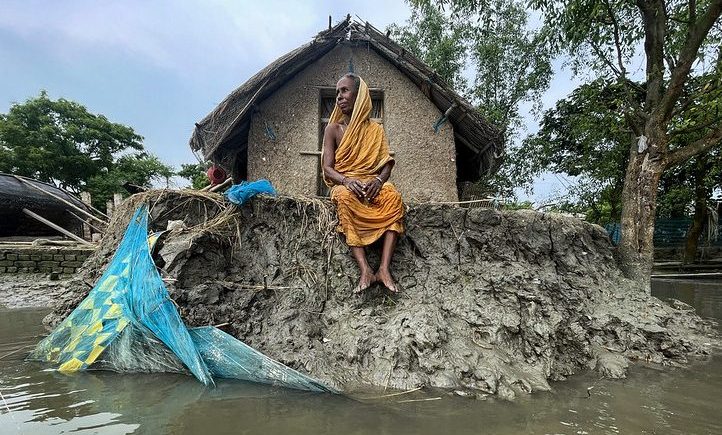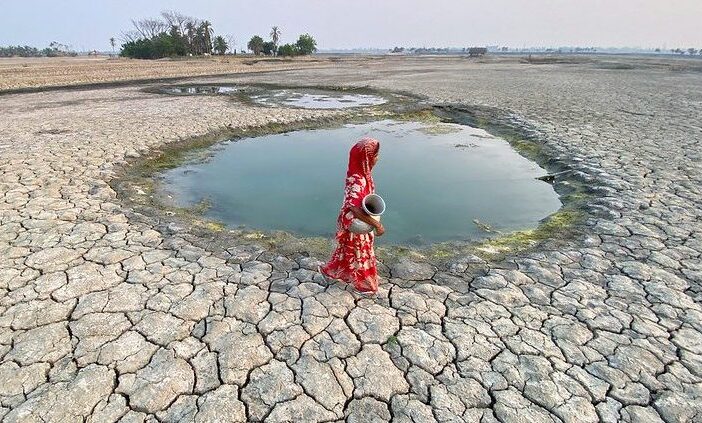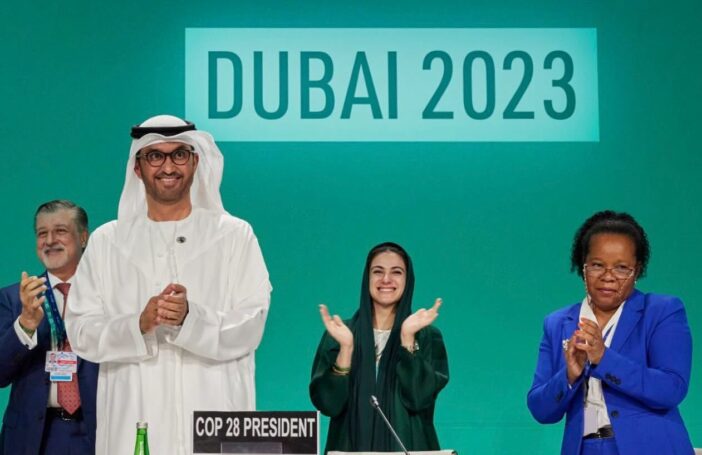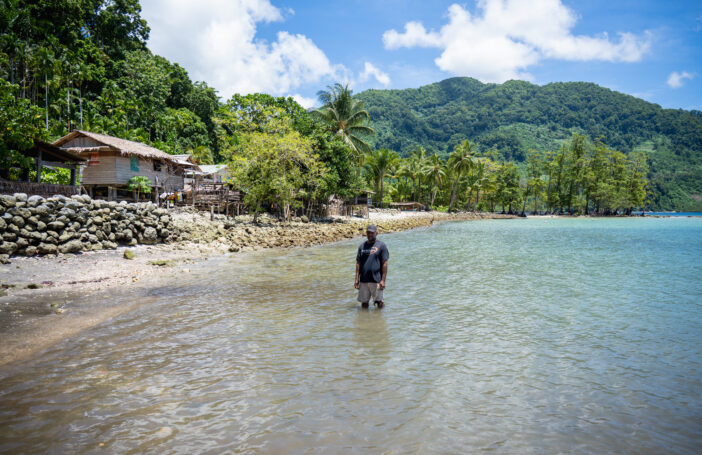The first part of this blog looked at some of the challenges for global development finance ahead of the next global development summit in mid-2025. This second part examines some of the current proposals to meet these challenges. None should be viewed as a panacea, nor in isolation. Some are more practical than others. And many are iterations of previous proposals which have taken on a new urgency given the current confluence of global crises.
One of the first big decisions facing development finance providers ahead of next year’s summit will be how much funding to provide through the World Bank’s concessional financing arm, the International Development Association (IDA), which will hold its final replenishment meeting in the current series this December in South Korea. The Bank is seeking around US$30 billion from donors to cover the 2025-28 IDA21 commitment period, allowing it to leverage a further US$70 billion from its own borrowing and other income streams. While IDA is far from perfect, a replenishment of this size (a 10% real increase on the previous period) would provide much-needed support for low-income countries that have been cut off from bond markets, are feeling the effects of China’s reduced lending, and are struggling with higher private debt servicing costs. It would also help deliver on the Bank’s expanded mandate, which now includes an explicit climate change element – “creating a world free of poverty on a liveable planet” (emphasis added).
There is also an opportunity for shareholders to continue to advance reforms of the Bank’s other platforms to free up more finance for both development and global public goods. This includes decisions around greater leveraging of “callable capital” — commitments from Bank’s shareholders to step in and help the lending arm of the Bank meet its bond and guarantee obligations under extreme circumstances – and how to make best use of a new consolidated guarantee window to generate genuine “additionality” when it comes to mobilising private sector investments in risky markets. Similar reforms are being pursued in other multilateral development banks (MDBs), and US government officials have indicated this agenda would be a major focus of a second Democrat-led administration were the Democrats to win November’s election.
A more ambitious reform, elaborated on by experts at the US Council on Foreign Relations, would see the Bank leverage its shareholders’ Special Drawing Rights (SDRs) – a form of reserve currency issued by the International Monetary Fund (IMF) — to issue bonds to support development lending. These SDRs are currently held in IMF-managed accounts, but the Fund has recently approved their use as a form of “hybrid capital” by MDBs, up to an SDR-equivalent limit of around US$20 billion. According to its proponents, increasing this limit, and adding long-term, SDR-linked bonds to the mix would “enable a substantial increase in the Bank’s climate financing without putting any pressure on its current funding model. It equally could be paired with [other] hybrid capital to support an increase in the Bank’s concessional lending to fragile and conflict prone states ….”. It could also contribute to IDA21’s financing by enhancing the Bank’s ability to subsidise concessional lending through the issuance of lower interest bonds.
While prospects for major reform of the fragmented global sovereign debt architecture remain limited, Barbados’ Prime Minister Mia Mottley has advocated for modest but important reforms of the IMF as part of the wider Bridgetown Initiative on development finance. This is focused on reform of the Fund’s lending surcharges for middle-income countries that seek its assistance when dealing with fiscal shocks. Mottley argues that “the IMF cannot argue that its lending programs have debt sustainability at heart when its own lending to middle-income countries cannot be considered sustainable”. She and others have argued for these surcharges to either be linked to interest rate cycles or scrapped outright.
While much of the focus has been on the international financial institutions, bilateral donors also have an opportunity to reform how they structure ODA programs, budgets and governance to enhance confidence in the integrity of these efforts. These proposals range from improved consistency and transparency in the reporting of private sector instruments and “beyond ODA” development finance – equities, guarantees, export credits and the like – to explicitly distinguishing between ODA focused on the national development needs of lower-income and fragile states and genuinely additional finance for the provision of global public goods in areas like environment and health.
Discussion about this latter distinction is also playing out in UN negotiations around the inelegantly named “new collective quantified goal” for global climate finance. The previous US$100-billion-by-2020 goal, which was belatedly met in 2022, has been found by one study not to have generated any additional fiscal effort on the part of donors relative to the size of their economies. One set of experts has instead proposed an approach to the new target that increases the combined amount of both climate and development resources. They argue that a combined goal — which would include an explicit recognition that all development spending must be “climate-aligned” and could include a specific sub-target on adaptation spending for climate vulnerable countries — would be reported on a grant equivalent basis via an independent technical working group that could report to the OECD, the UN, or the G20. Expressed as an increased share of providers’ economies, “it would make clear the fiscal effort involved and avoid inflation undermining the value of the finance provided”. The new target would focus on public finance — which is usually more transparent than private finance and which donors have control over — and could also include graduated “fair share” climate finance contribution targets for larger and wealthier high emissions economies like China and the Gulf states, while still exempting low income, lower middle-income, least developed, and small island developing states.
A group of climate scientists and development economists have also put forward a framework for extending and aligning the 2030 Sustainable Development Goals with the 2050 net-zero emissions timeline under the Paris climate change agreement. This would be supported by reform of the development financing architecture, “mission-based” development and climate approaches aimed at bringing together different stakeholders, and mechanisms like international peer review of performance. While the proposed framework does not address important constraints like country ownership, multilateral fragmentation and geopolitical competition, it will likely be a point of discussion at the UN’s Summit of the Future in September. And there are established proposals around mechanisms such as Tobin taxes and global public investment approaches to development finance, both which will no doubt be part of the ongoing multilateral debates.
Australia’s position will not be decisive in these debates. Directions in the US under the scenario of a second Trump presidency, the political fortunes of governments in other big G7 donors like France, Germany and Japan, and China’s preferences in the face of its own economic headwinds will all be key factors. But neither Australia nor its neighbours can afford to be bystanders. Australia can and should be a positive and active contributor. Engaging on this agenda aligns with Foreign Minister Penny Wong’s previous statements regarding “constructive internationalism” in foreign policy and the international development policy’s emphasis on Australia’s role in generating collective action on global challenges.
Moreover, Australia is a G20 nation that aspires to co-host a global climate change summit in just two years and is seeking a non-permanent UN Security Council seat in five years as an expression of its support for the “rules-based multilateral order”. As such, there will be rightful international scrutiny of Australia’s position when it comes to these important debates. And there will be no shortage of global opportunities for Australia to demonstrate how development is “at the heart of its statecraft” in the lead up to and at the next financing for development summit.
Read Global development finance – outlook and prospects: Part 1




